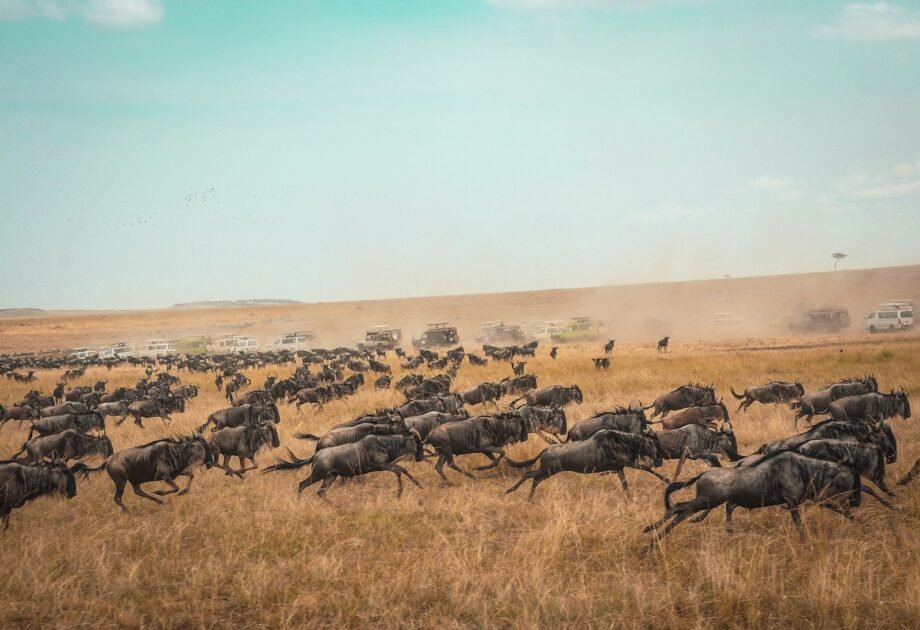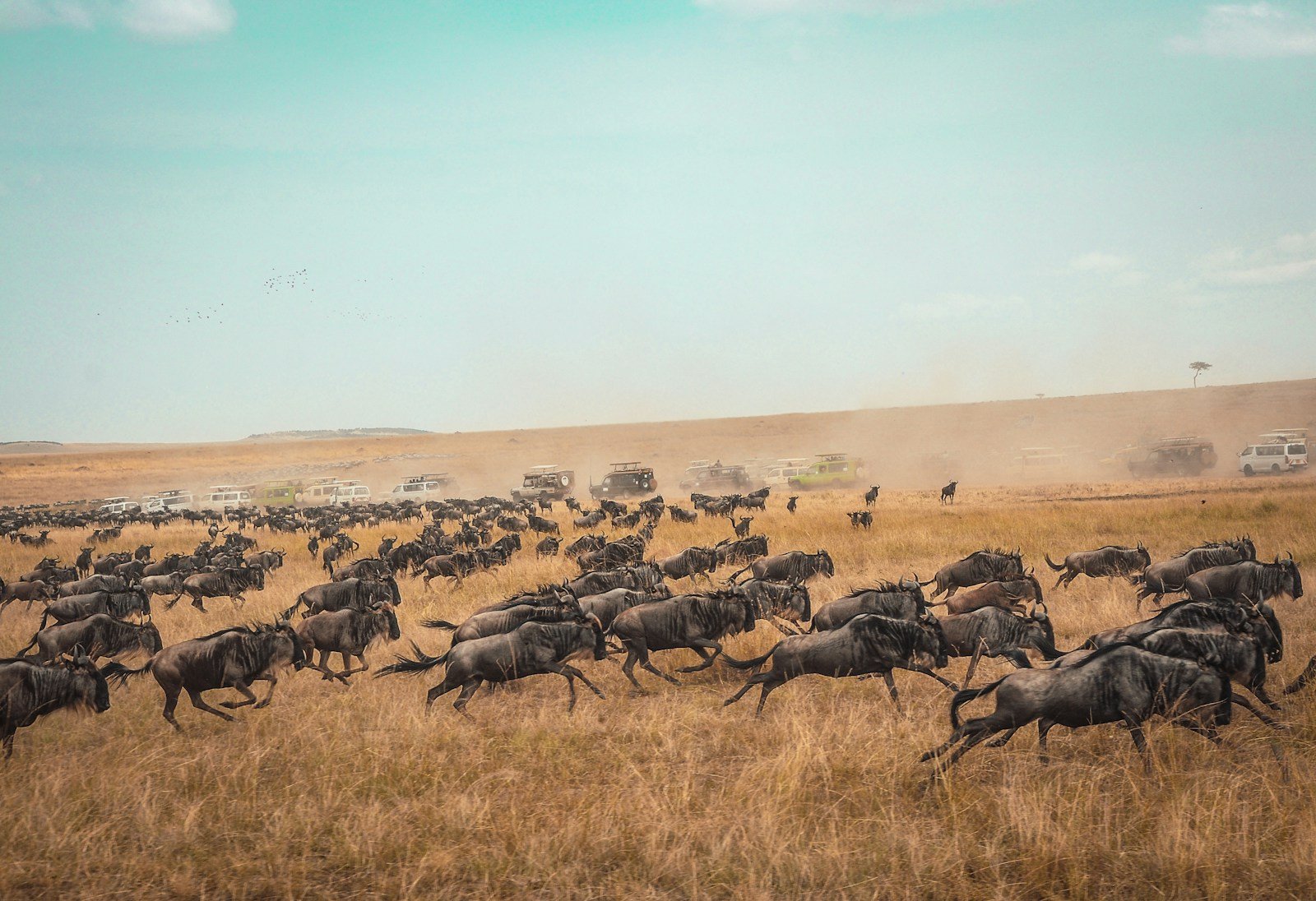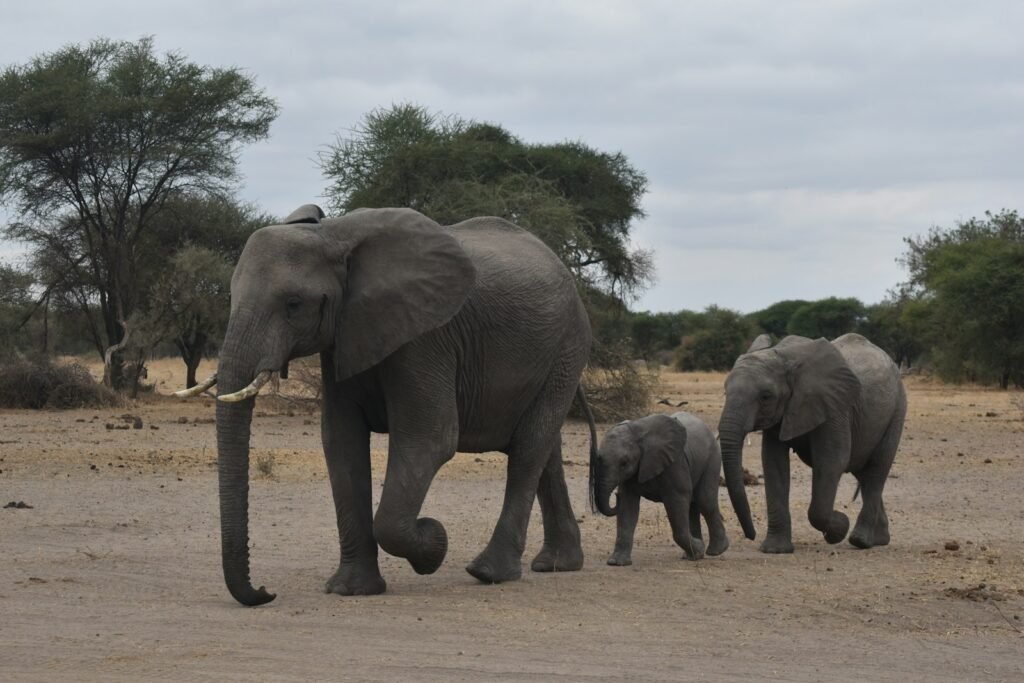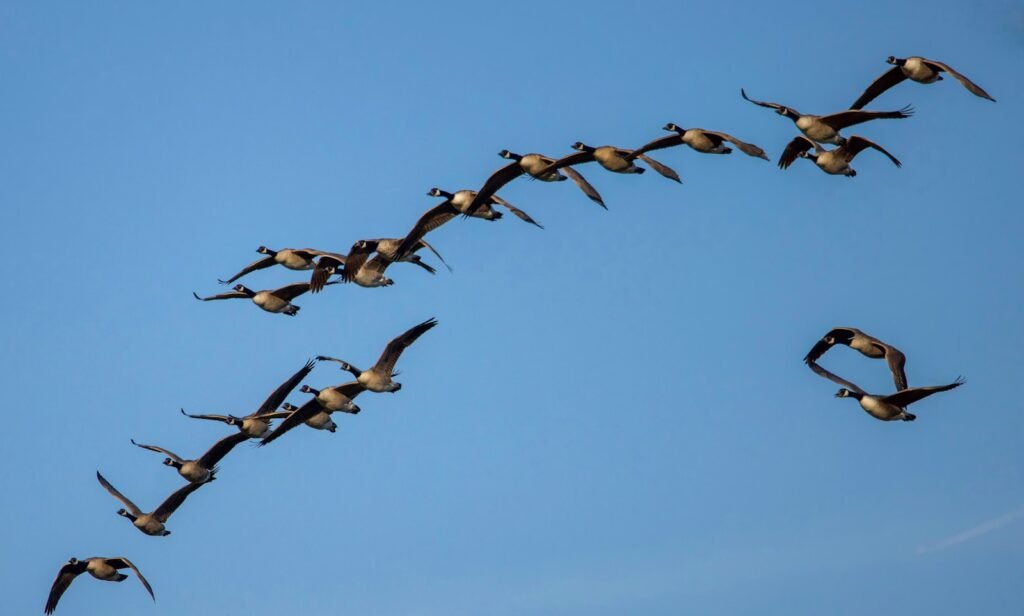Animal migration is a fascinating phenomenon that has captivated humans for centuries. Every year, millions of animals embark on incredible journeys, traversing vast distances to reach their destinations. From the majestic wildebeest migration in Africa to the incredible sea turtle migrations across the oceans, these journeys are a testament to the remarkable adaptability and resilience of animals.
Understanding Animal Migration Patterns
Animal migration patterns are complex and varied, influenced by a range of factors including seasonal changes, food availability, breeding habits, and environmental cues. By studying these patterns, scientists can gain insights into the behavior, physiology, and ecology of migratory animals.
Animal migration patterns can be influenced by various environmental factors such as temperature, precipitation, and daylight. For example, some animals migrate to warmer climates during the winter months to escape harsh weather conditions. Others migrate to areas with abundant food sources during the summer months.
Types of Migration
Seasonal Migration
Many animals migrate seasonally to find food, escape harsh weather, or breed. This type of migration is often seen in birds, such as hummingbirds and songbirds, which migrate to warmer climates during the winter months.
Seasonal migration can be further divided into two categories: long-distance migration and short-distance migration. Long-distance migration involves traveling thousands of miles, while short-distance migration involves traveling shorter distances, often within the same region.
Long-Distance Migration
Some animals migrate thousands of miles each year, crossing continents and oceans. This type of migration is often seen in sea turtles, which migrate across entire oceans to reach their breeding grounds.
Long-distance migration requires a tremendous amount of energy and endurance. Animals that undertake long-distance migrations often have specialized physical adaptations, such as strong wings or powerful swimming muscles, that enable them to complete their journeys.
Altitudinal Migration
Some animals migrate up and down mountains to find food and suitable habitats. This type of migration is often seen in mountain goats and other alpine animals.
Altitudinal migration is an important adaptation for animals that live in mountainous regions. By migrating to higher or lower elevations, animals can find food and suitable habitats that are not available at other times of the year.
Why Do Animals Migrate?
Food Availability
Many animals migrate to find food, such as insects, fruits, and vegetation. For example, monarch butterflies migrate to Mexico each year to feed on nectar-rich flowers.
Food availability is a critical factor in animal migration. Many animals migrate to areas with abundant food sources to sustain themselves during times of scarcity. This is especially important for animals that require specific nutrients or food sources to survive.
Breeding and Reproduction
Some animals migrate to reach breeding grounds and reproduce. For example, sea turtles migrate to specific beaches to lay their eggs and reproduce.
Breeding and reproduction are critical components of animal migration. Many animals migrate to specific locations to mate and reproduce, ensuring the survival of their species.
Predator Avoidance
Some animals migrate to avoid predators and find safer habitats. For example, caribou migrate to areas with fewer predators to give birth and raise their young.
Predator avoidance is an important factor in animal migration. By migrating to areas with fewer predators, animals can reduce their risk of predation and increase their chances of survival.
How Do Animals Navigate During Migration?
-
Environmental Cues: Animals use environmental cues such as sunlight, stars, and landmarks to navigate during migration. Environmental cues are important for animals to navigate during migration. Many animals use the position of the sun and stars to determine their direction and location.
-
Magnetic Fields: Some animals use magnetic fields to navigate during migration. For example, sea turtles use the Earth’s magnetic field to navigate across oceans. Magnetic fields are an important navigation tool for some animals. By detecting the Earth’s magnetic field, animals can determine their direction and location.
-
Genetic Instincts: Some animals have genetic instincts that guide them during migration. For example, monarch butterflies have a genetic instinct to migrate to Mexico each year. Genetic instincts are an important factor in animal migration. Many animals have innate instincts that guide them during migration, ensuring that they reach their destinations.
Top 10 Amazing Animal Migration Patterns
-
Wildebeest Migration: The great migration of wildebeest in Africa is one of the most spectacular animal migrations on the planet.
The wildebeest migration is a testament to the incredible adaptability and resilience of animals. Each year, millions of wildebeest migrate across the African savannah in search of food and water.
-
Sea Turtle Migration: Sea turtles migrate thousands of miles across the oceans to reach their breeding grounds.
Sea turtles are incredible navigators, using magnetic fields and environmental cues to guide them during their migrations.
-
Monarch Butterfly Migration: The monarch butterfly migration from Canada to Mexico is a remarkable journey of over 3,000 miles.
-
Humpback Whale Migration: Humpback whales migrate up to 16,000 miles each year to reach their feeding and breeding grounds.
Humpback whales are known for their incredible songs, which they sing during their migrations.
-
Caribou Migration: The caribou migration in North America is one of the longest land migrations on Earth.
Caribou migrate thousands of miles each year to reach their breeding and feeding grounds.
-
Elephant Migration: African elephants migrate long distances in search of food and water.
Elephants are highly social animals and migrate in large herds.
-
Bird Migration: Many bird species migrate across continents each year, with some species traveling over 40,000 miles.
Birds use a variety of cues, including environmental cues and magnetic fields, to navigate during their migrations.
-
Gray Whale Migration: Gray whales migrate over 12,000 miles each year to reach their breeding grounds.
Gray whales are known for their annual migrations, which take them from their summer feeding grounds in the Arctic to their winter breeding grounds in Mexico.
-
Pronghorn Antelope Migration: The pronghorn antelope migration in North America is one of the longest land migrations in the United States.
Pronghorn antelopes migrate thousands of miles each year to reach their breeding and feeding grounds.
-
Leatherback Sea Turtle Migration: Leatherback sea turtles migrate over 10,000 miles each year to reach their breeding grounds.
Leatherback sea turtles are the largest turtles on Earth and migrate across entire oceans to reach their breeding grounds.
Conservation Implications
Animal migration patterns are crucial for maintaining healthy ecosystems and biodiversity. However, many migratory animals face numerous threats, including habitat destruction, climate change, and human-wildlife conflict.
Threats to Animal Migration
-
Habitat Destruction: Habitat destruction and fragmentation can disrupt animal migration patterns. Habitat destruction is a major threat to animal migration, as it can reduce the availability of food and shelter for migratory animals.
-
Climate Change: Climate change can alter environmental cues and disrupt animal migration patterns. Climate change is a major threat to animal migration, as it can alter the timing and duration of migrations.
-
Human-Wildlife Conflict: Human-wildlife conflict can lead to the death and injury of migratory animals. Human-wildlife conflict is a major threat to animal migration, as it can lead to the death and injury of migratory animals.
Conclusion
Animal migration is a fascinating phenomenon that continues to captivate humans. By understanding animal migration patterns, we can gain insights into the behavior, physiology, and ecology of migratory animals. However, many migratory animals face numerous threats, and conservation efforts are necessary to protect these incredible journeys.
Additional Resources
General Information and Education
- National Geographic: https://www.nationalgeographic.com/
- The Cornell Lab of Ornithology: https://www.allaboutbirds.org/
- All About Birds: https://www.allaboutbirds.org/
Conservation and Research
- World Wildlife Fund (WWF): https://www.worldwildlife.org/
- The Nature Conservancy: https://www.nature.org/









